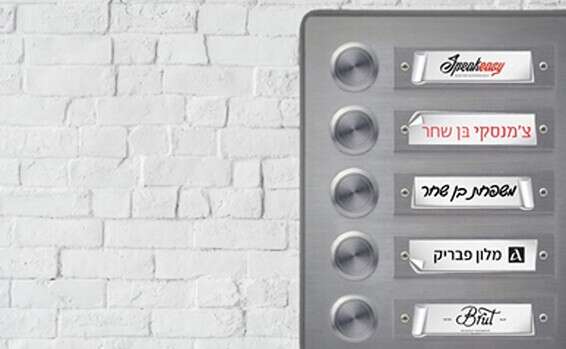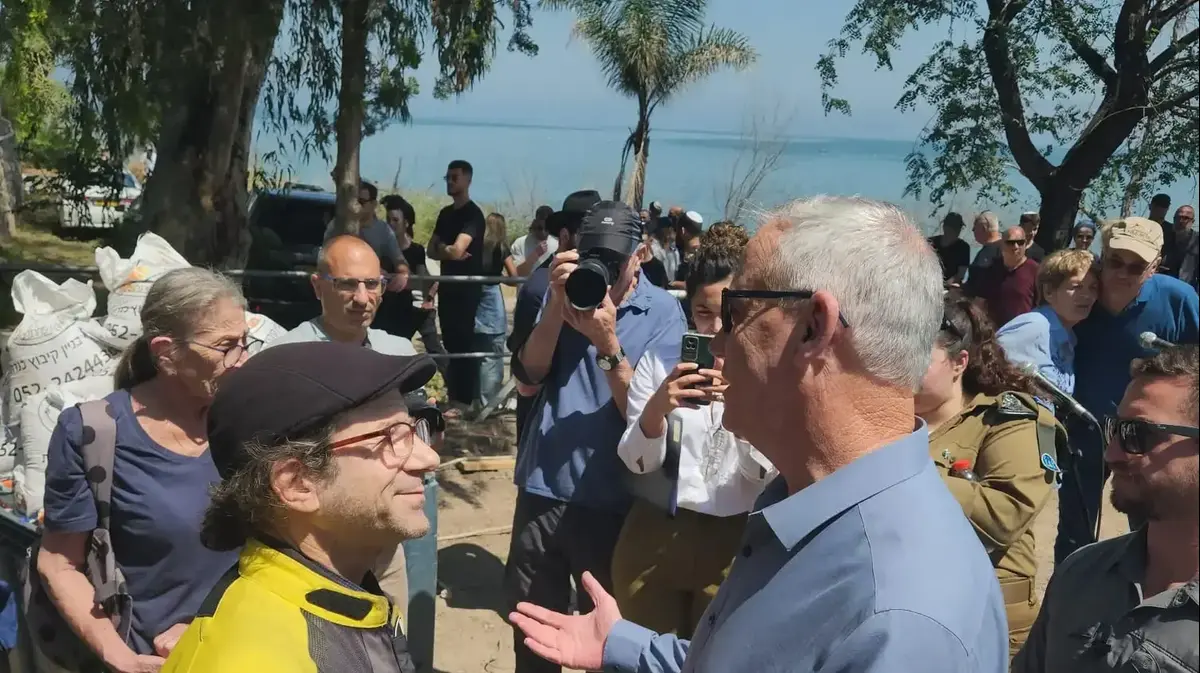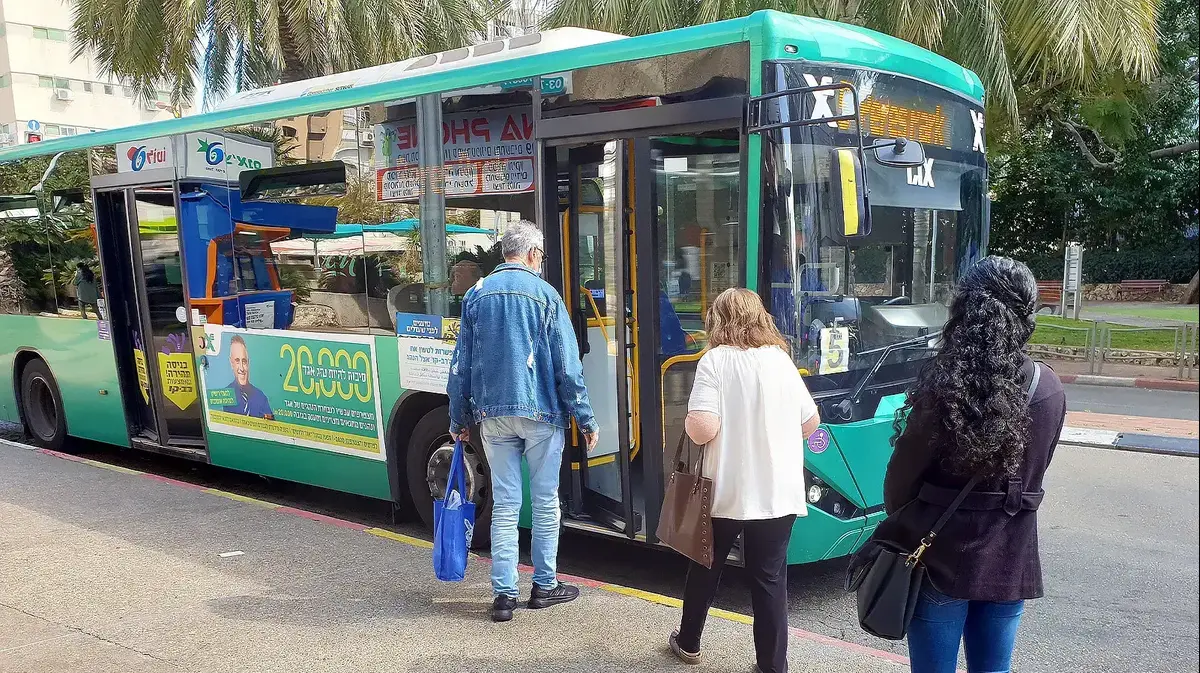The office market is undergoing a shake-up following the Corona crisis. What is expected to happen in the industry in the near and distant future?
Office, apartment and hotel. Going to mix uses
Photo:
Czemanski Ben Shahar
Produced by the Department of Special Supplements
This article presents the facts you have compiledCzemanski Ben Shahar foresaw and published on the office market until the Corona crisis (until 14.3.2020), the doubts regarding the post-Corona period (from 15.3.2020) , estimates for the expected and reference to what is required . Until the Corona Crisis - How Many? where? whom? At what prices? What did we expect to happen? In the post-Corona period - will and in what ways the quantities, types, spatial layout change? What does Israel's spatial structure mean? What will be the prices and durations, and will the payment methods change? Will the real mix of uses now be created - Hi-Tech?
What was until the crisis?
The office market until the Corona crisis - facts and statements. Today, there are 23-25 million gross square meters of ordinary office space, used by 1.2-1.3 million employed people. About 50% of them are concentrated in the Tel Aviv metropolitan area. Since 1995, an average of 413 thousand square meters of ordinary office space have been built in Israel. sleep. In 2017, approximately 700,000 square meters were built, not including offices in buildings defined by the Central Bureau of Statistics as industry and not as required by high-tech. In 2018, approximately 401,000 square meters were built.
At the national level since 2010, there is a correlation between the rate of increase in supply and the increase in the number of households. Currently, the ratio between the number of households and the supply of office space - about 10 square meters. Does not generate demand.
7 of the 10 cities with the largest office space in Israel are located in the Tel Aviv metropolitan area (refers to offices in mainly designated buildings).
What will happen in high-tech?
The company estimates that the average annual demand for high-tech offices will be150-170 thousand square meters.
Deployment of high-tech companies in Israel by district and category: In 2020, 70% of the companies will be concentrated in the Tel Aviv and Central districts. Between the years 2016-2020, high-tech companies will move from the Tel Aviv District to the Central District. In the periphery and other districts, the share of high-tech companies has remained the same over the years.
In the last two years, according to data from the Central Bureau of Statistics, the average annual construction volume in the Tel Aviv districts and the Center for Regular Offices was about 508,000 square meters. Square meters per year on average.
What about shared workspaces?
The market for shared workspaces includes 350-400 thousand square meters, most of it in the Tel Aviv and central districts. This is about 1.5% of the total office market in Israel. The main focus of shared spaces - Tel Aviv with 82 spaces.
The main players in this industry are international companies WeWork and Regus (the world leaders).
What did we do before the crisis?
We created a mix of uses - we started planning this 5 years or more ago, for example a bar on the ground floor and above it a hotel, a residential apartment, the company offices and on the roof another bar roof.
In the Tel Aviv metropolitan area, there is a clear location economy. In Tel Aviv, in the heart of things - Azrieli X 2 and TOHA, monthly rents per square meter reach NIS 120 (at the top level for new offices). The further away you go, there is a drop in prices in rents, occupancy rates and occupancy rates.
Is there an alternative to Tel Aviv?
The demand is for buildings that are built for direct rental, modern, in a large area per floor and located at intersections and on mass transit systems. In buildings of types B and C that are far from the mass transit systems, occupancy is falling (80% -60%), prices are falling (NIS 50 and NIS 60 per square meter and less). Some of these are expected to change their purpose in the near future.
Outside Tel Aviv, new locations are being created that attract activities and are an alternative to banking, finance, insurance and high-tech of various types and at different stages of the companies' lives.
In office buildings built in the Tel Aviv metropolitan area for rent or sale, the required and optimal floor area is 1,500-2,000 square meters and more. This is different from a purchasing group, which divides the floor to a large number of tenants until the beginning of the initial occupancy. In the rounds that follow, the expectation is for a significant decrease in monthly rents and occupancy rates, all before interest rates rise, and growth in the Israeli economy is still positive.
What do you expect for the future in the following places in the Tel Aviv metropolitan area - at major intersections, on mass transit systems, in the head, heart and legs of the metropolitan map?
The Heart - Hashalom / Azrieli Junction will continue to be the beating heart of the office market in Israel. Demand will also flow from it at lower intensities on the way to and around the two stations to the north and south of it - the defense and the stock exchange.
The head - Herzliya Pituach will continue to be an essential focus. All this, until the implementation of the plans at the Pi Glilot junction for a train station at the Israel junction.
The legs - the 1000 compound in Rishon Lezion, the closest to the Moshe Dayan and Holon stations (thanks to the Azrieli compound), the arteries along Road No. 20, at its junctions and on mass transit systems. The chaos of transportation (two hours to get to work and a similar time back) will change the choice of work location. The cost of living in Tel Aviv and the lifestyle take young households out of the city.
What will change in the short term?
Post Corona Office Market - What are the trends, trends, expectations and forecasts?In the short term, demand will decrease. Companies and freelancers will seek to save costs. Everyone will look for the most suitable, healthy and inexpensive location for their table. Some office workers will not return to work in the office. They will stay home or split their day and work shifts and small groups. The pace of construction starts will moderate and the duration of construction will lengthen. The pace of new office occupancy will be slow.
In a regular office, the area currently stands at 20 square meters per employee, and in work spaces 5.5 square meters. At this time we will be required to a larger area.
In the open space spaces, the distances between the work stations will be changed and partitions will be built. Will this situation remain forever?
In the field of parking, the demand for private car travel will increase, so there will be a demand for more parking spaces. The workers who come by public transport will work more from home.
The rental price will go down. Some tenants have paid reduced or partial rents, and will be required to pay higher management fees following the new health regulations. The new tenants will sign flexible contracts, similar to common spaces, for short periods, with plenty of exit points. In the realm of the relationship between property owners and tenants, tenants will turn their backs on companies that did not carry the stretcher during the crisis.
What will happen in the long run?
In the long run after the Corona, a new world of work will be created - Hi-Tech (a concept invented by Adv. Shraga Biran). That is, we will live where we work and work where there is life. New urbanity and demand for new products in other locations. Studio, loft, clinic, rooms for rent, combined units.
Increase work from home - 40% of employees can work from home. 10-20% will exercise this option. The question - will 2.5-5 million square meters of the existing supply become unnecessary?
The companies will reduce office space. Some workers will work at least part of the time from home or using a hot table method (similar to a warm bed). Most technologies will be used to maximize profit from each table.
The idea of an office as a meeting place, networking and interactions between people will continue to exist, because man is a social animal. Young people will want to get back to routine faster.
New products and buildings will be built and the trend of leaving Tel Aviv for We-Work complexes to be built in the neighborhoods will be strengthened. Small and medium-sized companies will also enter the old We-Work. Costs will be reduced and contract terms will be shortened.
Attractive places in the Tel Aviv metropolitan area: Central intersections, on mass transit systems, Herzliya Pituach (until the plans are implemented at the Pi Glilot junction), the 1000 complex in Rishon Lezion, near the Moshe Dayan station and in Holon (thanks to the Azrieli complex), along Road 20, at its intersections and systems Mass transportation. The Azrieli environment will continue to be the heart of the office market in Israel.
- Tamir Ben Shachar is the CEO of the income-producing real estate consulting company, which is active in collaboration with Prof. Daniel Czemanski
Produced by the Department of Special Supplements









